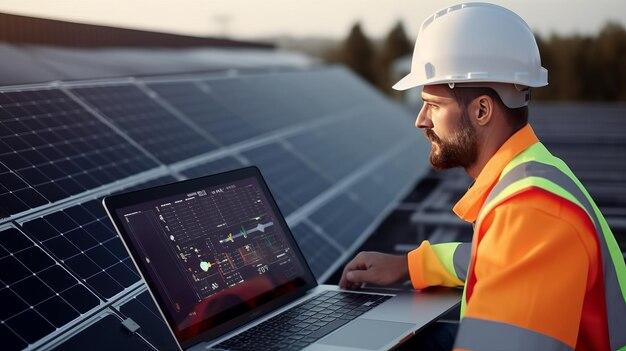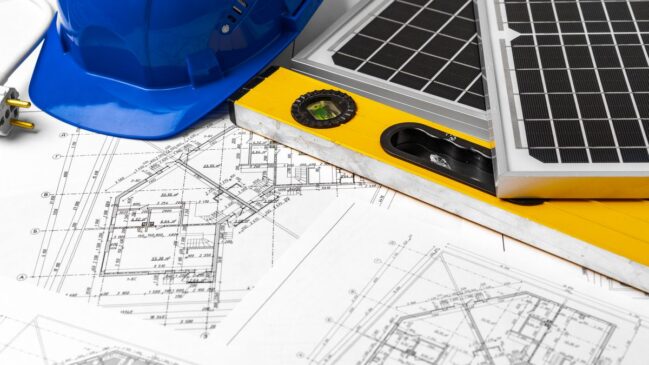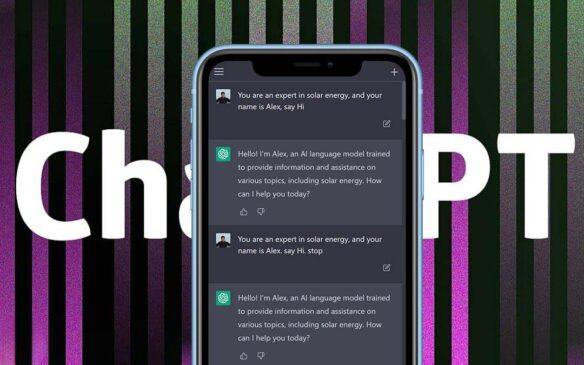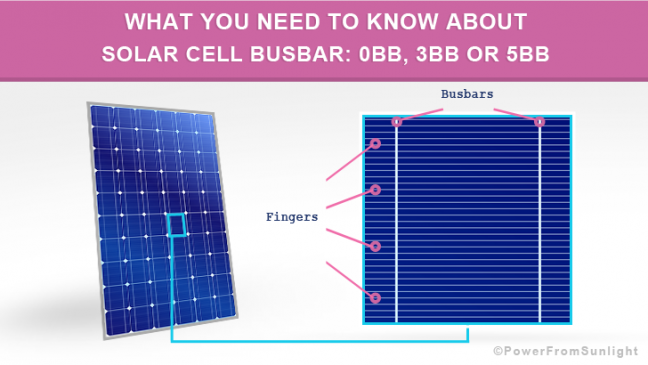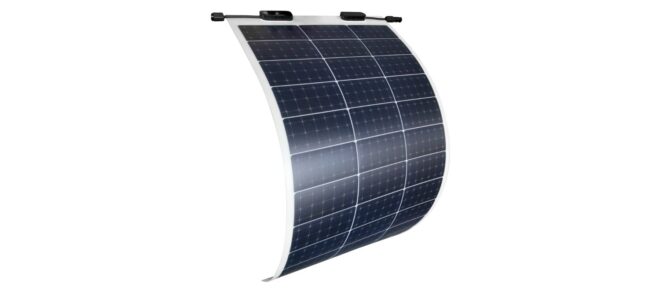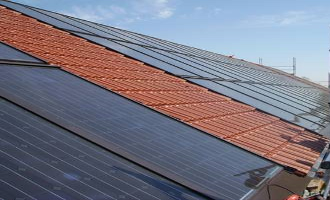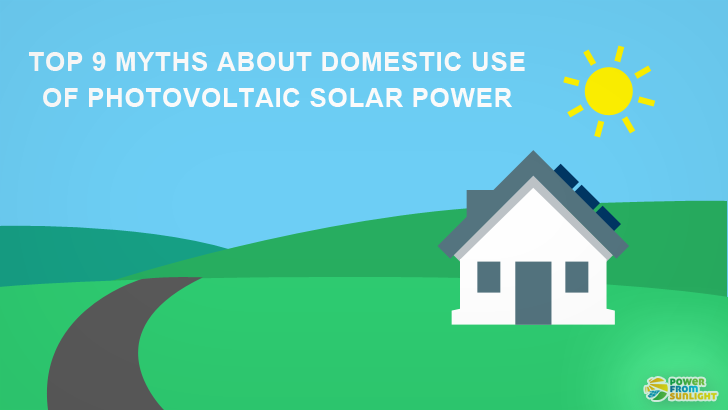
Top 9 Myths About Domestic Use Of Photovoltaic Solar Power
Despite the increasing domestic use of solar PV systems, many myths persist regarding photovoltaic solar power.
Here are the top 9 solar power myths — and the facts that disprove them.
Myth#1: The space requirement of a solar panel system is too high

Fact: It is not necessary to provide large contiguous areas for a solar panel system. The advantage of the photovoltaic solar energy is the possibility of the decentralization.
Roofs, house fronts, noise protection walls, canopies of traffic routes, etc. can be used. Therefore, there are no area problems.
Myth#2: The output of solar PV system is not sufficient for the large power consumers

Fact: With a decentralized power supply, a large number of solar PV plant provide the required power.
Photovoltaic solar power can be collected decentrally through the power grid and then can be provided with sufficient power centrally.
Myth#3: The conditions for solar PV plants are good only in southern countries, where the sun shines sufficiently

Fact: Also in Central Europe and North America, the conditions for solar PV plants are good.
Photovoltaic solar power can be used in the Southern as well as in the Northern regions.
Myth#4: High environmental impact by chlorine chemistry and problems in disposal

Fact: Photovoltaic solar cells consist of non-toxic silicon, the second most widely used element on the earth’s surface. Chlorine is only used when cleaning silicon. This takes place in closed cycles.
The finished product, the photovoltaic solar cell, does not include chlorine compounds. Therefore, special disposal is not required.
Myth#5: Photovoltaic solar power is worthless for the electricity industry because it only occurs when the sun shines. Therefore, photovoltaic solar energy cannot replace conventional energy

Fact: This argument is unconvincing because:
- Solar PV systems provide electricity not only in direct sunlight but also, from a bright sky.
- Even during the day, there is a higher demand on the electricity grid (peak pricing hours). Photovoltaic solar power, which is fed into the utility grid, contributes to cover the peak loads at midday. Heavy usage of electricity in peak consumption periods will be more expensive.
- It is not just a matter of replacing conventional power plants with photovoltaic solar power, but solar electricity reduces CO2 emissions. Every kWh of solar power, which is fed into the utility grid, saves around 1 kg CO2.
- When replacing conventional power plants, there is an energy mix of different renewable energy sources. The sun provides energy mainly on summer days, but from the wind in winter for half of the year. The biomass enjoys great importance in the future because it is storable and can bridge the periods without sun and wind.
Myth#6: Solar PV systems cause additional electric smog
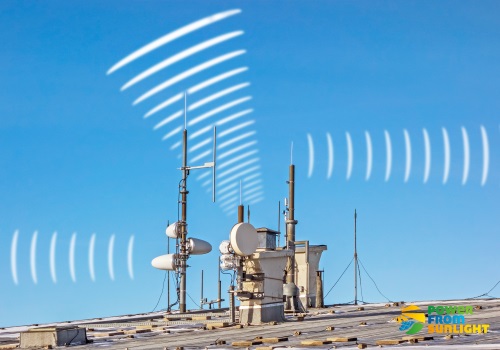
Fact: “Electric smog” is a collective term for high-frequency electromagnetic waves. However, electromagnetic waves are not created through direct current.
Photovoltaic solar cells produce direct current, but this current is just in the solar power inverter converted into the standard alternating current.
Anyone who wants to protect themselves from electromagnetic waves should guide the DC (direct current) cables of the solar PV system into the cellar, and from there the direct current will be converted into alternating current (AC).
Besides, grounded rooftop solar PV panels protect against electric smog from above.
Besides, grounded rooftop solar PV panels protect against electric smog from above.
Myth#7: Using energy saving to reduce CO2 is cheaper. Therefore, we should first use all energy saving possibilities, before we apply the photovoltaic solar energy

Fact: With energy conservation, we can lower only a small part of the total CO2 emissions.
In particular, the increasing demand for energy in the developing countries cannot be covered through the saving of energy. There, conventional power plants are made one after another.
The quicker photovoltaic solar energy is launched, the less fossil power plants will be installed there.
Myth#8: Even if the solar PV panels are supplied for free, the photovoltaic solar power can never be competitive, because the costs for the solar panel mounts, solar power inverters and installation cannot be significantly reduced

Fact: Solar panel mount and installation costs will be superfluous when solar PV panels are integrated directly into the roof or facade components.
Technically, solar power inverters are built as easily as televisions; as a result of large-scale production, the PV inverter prices can be reduced considerably.
Myth#9: Nuclear power station solves the CO2-problem more effectively

Fact: Thousands of additional nuclear power stations must be constructed worldwide – even in countries with inadequate infrastructure and insufficient qualified operating personnel. Besides, there is the risk of terrorist attacks and the unresolved final disposal.

